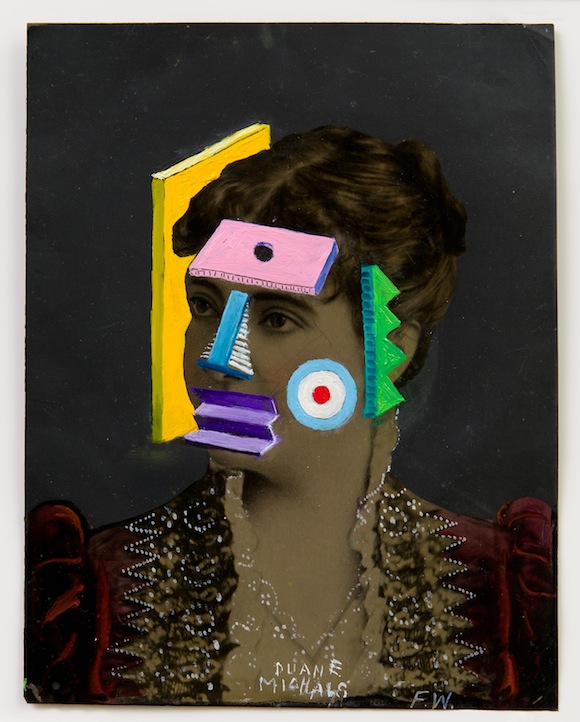Would you believe that in the last 20 months we have made 1,000 posts about photography, wow seems like it was only a few weeks ago we dipped our toes into the world of blogging. Urged on by our favourite music blogger The Recommender to get stuck in, to share our knowledge and passion about photography; to spread the word and to bring the best photographs, photographers, tutorials, camera reviews, information about exhibitions and the wonder of the world of photography to those who care, you. Since October 2010 we have had over 120,000 views, our highest day was 957, I guess we must be doing something right some of the time.

©Steve McCurry – this is probably The Great Steve’s most famous picture but you should go and see his other work start here
We have had a look at our stats and rather encouragingly find that there is as much interest from you in the fantastic photographers we have brought to your attention as there is in cameras and tutorials. A good healthy mix we think.
Here is a list of the top 12 posts the highest has got over 6,000 views
https://oxfordschoolofphotography.wordpress.com/2011/03/10/top-10-compact-cameras-2011/
https://oxfordschoolofphotography.wordpress.com/2010/12/14/light-painting/
https://oxfordschoolofphotography.wordpress.com/2012/03/14/photographer-nan-goldins-best-shots-from-the-guardian/
https://oxfordschoolofphotography.wordpress.com/2011/07/27/duane-michals-sequences/
https://oxfordschoolofphotography.wordpress.com/2011/12/06/best-superzoom-bridge-cameras-2011/
https://oxfordschoolofphotography.wordpress.com/2011/04/14/15-digital-point-and-shoot-cameras-used-by-pro-photographers/
https://oxfordschoolofphotography.wordpress.com/2012/02/10/nikon-d800-review/
https://oxfordschoolofphotography.wordpress.com/2011/01/18/cecil-beaton-photographer/
https://oxfordschoolofphotography.wordpress.com/2011/09/05/steve-mccurry-london-exhibition-07092011-24092011/
https://oxfordschoolofphotography.wordpress.com/2011/11/04/20-free-photography-ebooks/
https://oxfordschoolofphotography.wordpress.com/2011/01/24/9-crazy-cross-eye-3d-photography-images-and-how-to-make-them/
https://oxfordschoolofphotography.wordpress.com/2012/04/25/google-photography-prize-winner-viktor-johansson/
The top aggregated photographer, that is the most views across all the posts we have made is Steve McCurry this link should get you to all the articles where we have mentioned Steve
The interesting thing we have found is how many of you are interested in the less obvious photographers, Duane Michals comes top for visits to a single post, Cecil Beaton, Nan Goldin and Dorothea Lange all feature heavily, I am sure you never thought you would see those 4 names in the same sentence.
Top camera before and after it’s release was the Nikon D800
The most viewed tutorial was on Light Painting
Our most favourite sources for finding the best photography on the web, and in no particular order are:
Lightstalking, fantastic for tutorials, tips, ideas, features
Digital-Photo-School similar to Lightstalking and also from Australia
Cambridge In Colour for the most sophisticated and intelligent tutorials
The Denver Post for some of the best photojournalism around
The Atlantic, same as The Denver Post, fantastic images from around the world
The British Journal of Photography, just the most complete magazine for photographers
The Pixelated Image blog, David DuChemin is just the man, what a photographer an eye with soul
Photo Tuts for Photoshop and Lightroom tutorials
DP Review, where you find out about cameras, the best review site
Steve’s Digicams, as DP Review a great place to find out about cameras
Tripwire Magazine, we like this for general articles on photography
Magnum, the world’s most famous photo agency, we love this bit Magnum In Motion
Photography Served, a place for finding new photographers with great work
Photography Now, such a beautiful site showcasing the works of the masters of photography
There are undoubtedly lots more we could include here but if you are a regular to our site you will know who we love as inspiration and as a source of great articles.
We have had such great response to the articles we post, the sharing is the thing, finding what is wonderful and putting it out there. We greatly appreciate hearing from you and would welcome more ‘finds’ from you, would consider articles or portfolios you may wish to share with the thousands of like minded people we reach. Here is to the next 1000 posts
Keith Barnes, Oxford School of Photography 

























